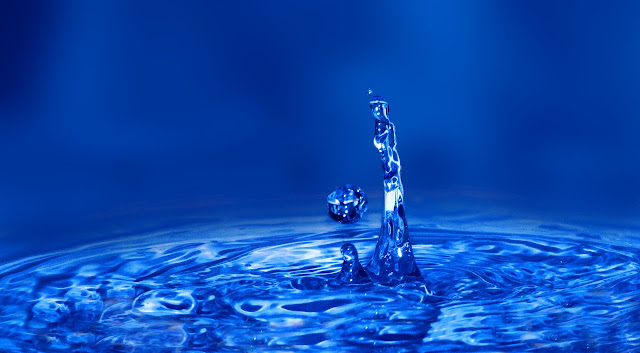Did you know that approximately 85% of the US has hard water? Unfortunately, failing to treat it can lead to scale buildup in your appliances, causing a significant blockage. Hard water also increases the risk of plumbing issues leading to frequent repair and maintenance.
If your home has such an issue, it’s crucial to use water softening techniques to reduce dissolved minerals. Taking this measure will lower your water bill then protect your sinks, appliances, and clothes.
Are you wondering how to soften water and care for your plumbing system? Read on to discover what hard water is and learn more about the process of turning it into soft water.
Context
- Water Softening 101
- What Is Hard Water?
- The Water Softening Process
- Can I Soften Water Without Using Salt?
- Learn More About Water Softening
Water Softening 101
What Is Hard Water?
Hard water contains a substantial amount of dissolved calcium and magnesium. In most cases, these minerals get into the water when flowing over rocks, soil, and limestone deposits. Since the concentration of these substances varies from one place to another, hardness may differ.
Most hard water minerals have no harmful effects on your health. Still, they may have insoluble deposits that make it hard to use the water for everyday home purposes.
For example, they prevent it from mixing well with detergent, hindering various cleaning tasks. These substances can also build up inside pipes and appliances that use hot water, blocking them.
The Water Softening Process
The best way to deal with hard water and make it easy to use is using a water softening system. Such equipment will require you to add salt to a brine tank, which removes the dissolved minerals in several steps. The first process occurs in the tank, where the hard water passes through ion exchange resin.
During this step, beads in the tank will replace the calcium and magnesium with the mineral they hold. In most instances, resin beads contain either potassium or sodium.
After switching the minerals, the water will go to a brine tank containing the added salt. Here, a brine solution will scrub the resin beads and prepare them for reuse. The final step is regeneration, which involves removing all the hard water minerals and recharging the resin beads.
Related: Top 10 Best Filter System For Turtles
Can I Soften Water Without Using Salt?
After learning how to soften water, you may wonder if there’s a way to do it without using a salt system. While the softening system is the most common, other methods can also make the water easier to use without adding salt.
With appliances like the Rainsoft water system, you can condition the water to reduce scaling. These devices work by changing the chemistry of hardness particles for a specific amount of time. This step reduces plumbing buildup and allows the water to mix better with detergents.
Conditioning systems also remove chemicals that cause water to have an unpleasant taste or smell. Besides, some advanced models come with additional features to simplify use. Such include digital displays, Wi-Fi connectivity, and energy-efficient operating systems.
Learn More About Water Softening
Understanding the water softening process will help you recognize its benefits. It can also guide you in picking equipment to protect your water and plumbing systems. If you would like to read more informative posts, browse this page now.

